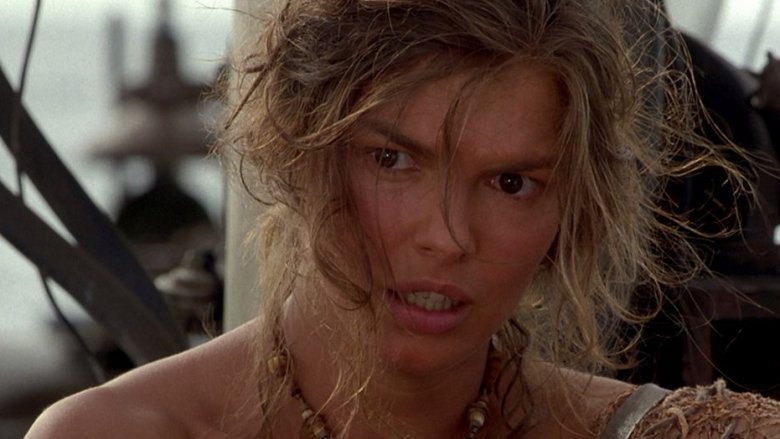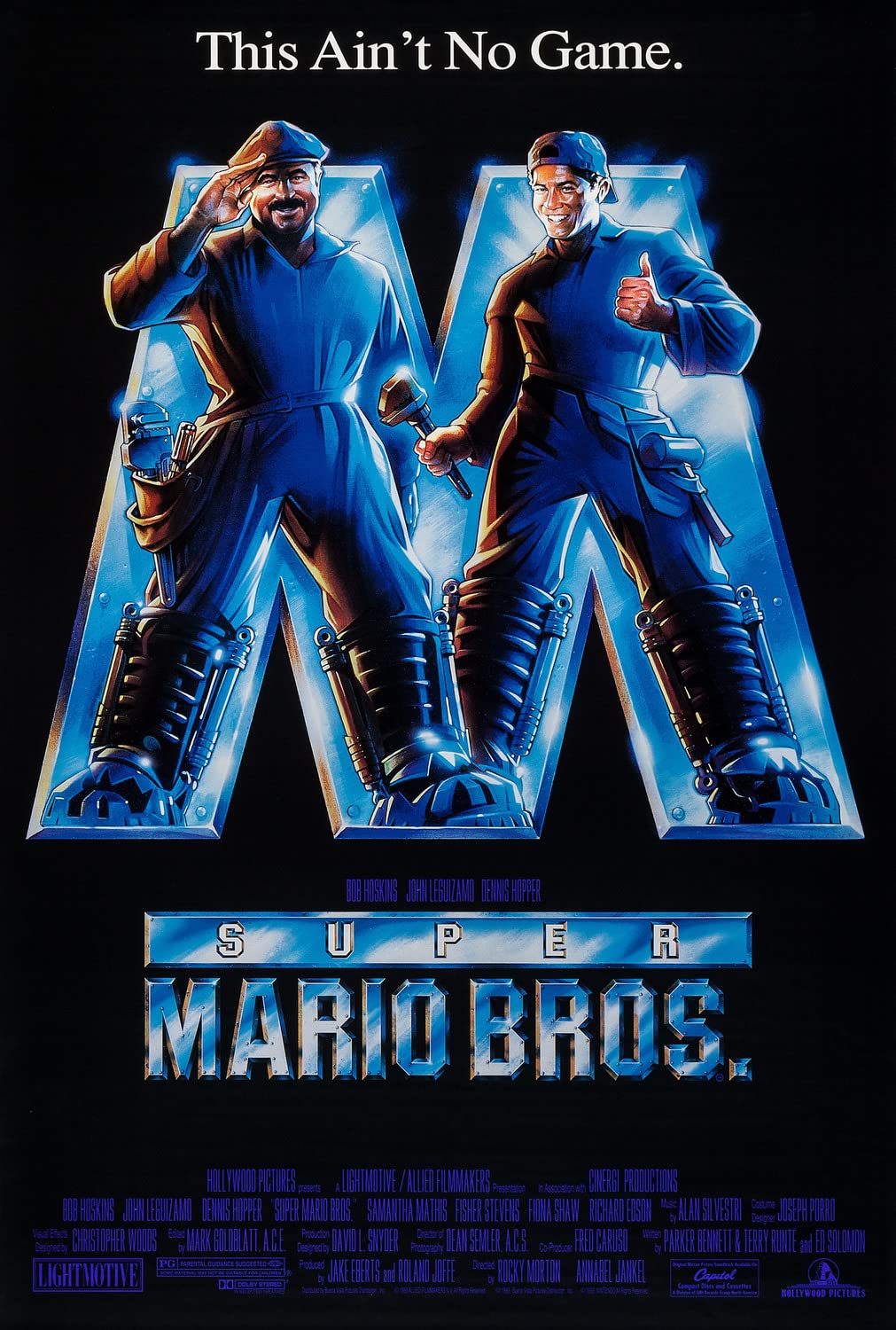

Hopper is likewise a lackluster addition to the mixture. With bad hair days making things even worse, the former is particularly at sea with the underwritten, uninteresting role. The big-scale action scenes are exciting, but the dialogue is often lost in the thundering explosions.ĭecidedly on the down side are most of the performances, with Tripplehorn and Majorino failing to make much of their characters.
WATERWORLD MOVIE WIKI PLUS
On the plus side, the Mariner’s ingenuity in maneuvering the trimaran provides more than a few thrills, while the hybrid technology employed by both heroes and villains is reasonably well-thought-out and realized on screen. Eventually the Mariner must rescue Enola from the Deacon’s stronghold - a rusty Exxon Valdez overrun with dirty, hairy malcontents. Their plan is to grab Enola and find, you guessed it, dry land.Īfter the film’s finest sequence - an assault of the atoll with plenty of terrific stunts, explosions and crowd-pleasing thrills - the story lurches between the protagonists squabbling on the trimaran and the Deacon’s relentless pursuit. Roaring into the movie whenever there’s a momentary lull, and underscoring the film’s dearth of ideas, is Dennis Hopper as the Deacon he heads a horde of bad guys on jet skis who pillage and murder at will.


It grows tiresome when nobody makes the effort to develop a personality.Īll anybody wants in this movie is to find dry land, supposedly centuries after the oceans covered it up. She messes with the boat and almost causes their deaths, so he whacks her with a paddle. Helen offers herself to him, but he’s too busy.

Enola can’t swim and has an active imagination, but she’s still a spoiled brat. Helen is grateful for the Mariner’s assistance, while he wants to toss the girl overboard. Like the dominant natural element of the story, the characters are limited. Attached to Helen is young Enola (Tina Majorino), a dreamy, likes-to-draw girl with a tattooed back supposedly showing where dry land is located. But when he’s deemed a dangerous mutant, nabbed by the inhabitants of a floating man-made atoll and almost “recycled,” Helen (Jeanne Tripplehorn) saves his life and earns his begrudging loyalty. The seas are a violent place, and the Mariner trusts no one. Piloting his trusty trimaran, retrieving artifacts from the cities covered when the polar ice caps melted, the Mariner is a self-absorbed, emotionless survivor who trades dirt for essentials. But that never really happens, and the actors struggle with uninspired dialogue and the production’s enormous physical requirements.Ĭostner as the Mariner - a loner with gills and webbed feet wandering the world - is the film’s one halfway original character. Frequently, the compromises and hard decisions made to get to a final print are evident onscreen, while some of the story’s more promising elements are left in the wake.įrom the outset, Waterworld struggles to achieve verisimilitude while one waits patiently for the protagonists to develop beyond the sketchy portraits with which they are initially saddled. Not surprisingly, Waterworld is a monumental example of how script troubles, creative differences, power struggles and bad luck can swamp a potentially worthwhile project.


 0 kommentar(er)
0 kommentar(er)
